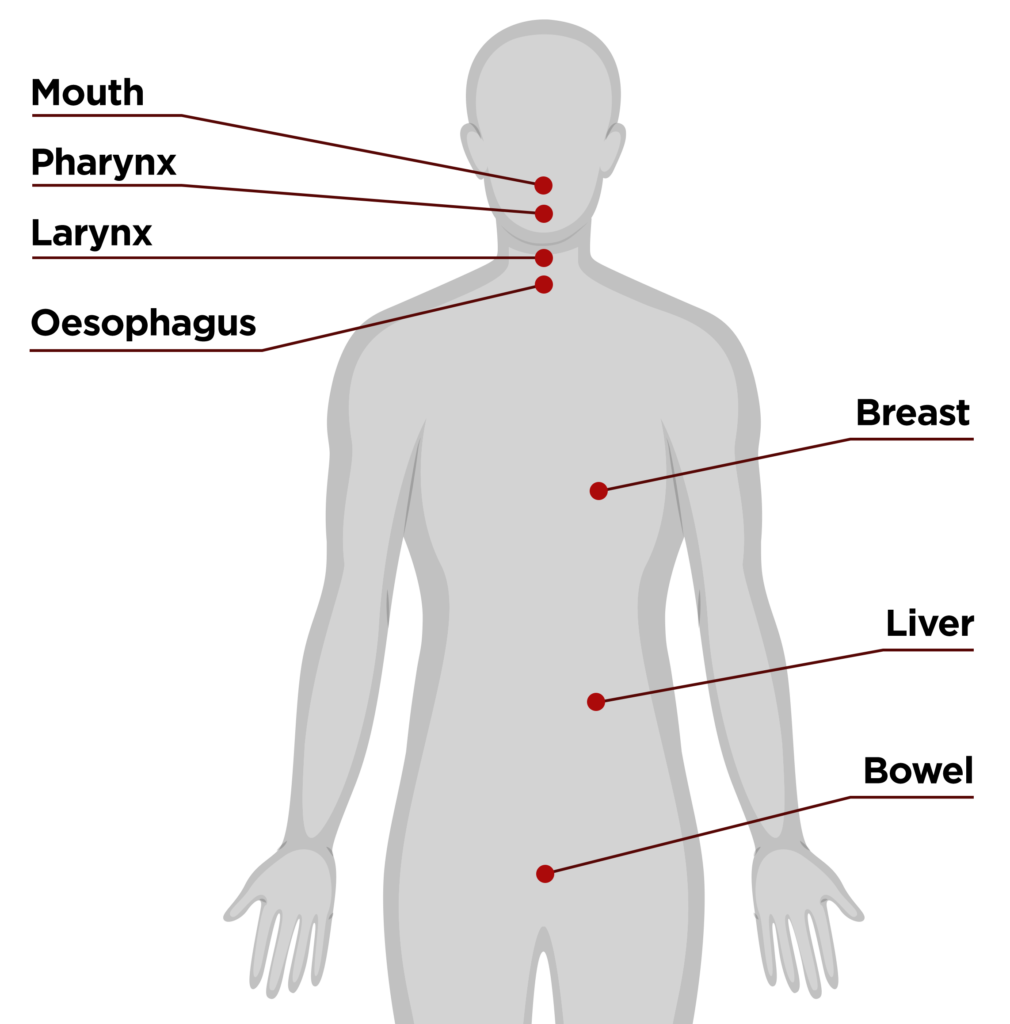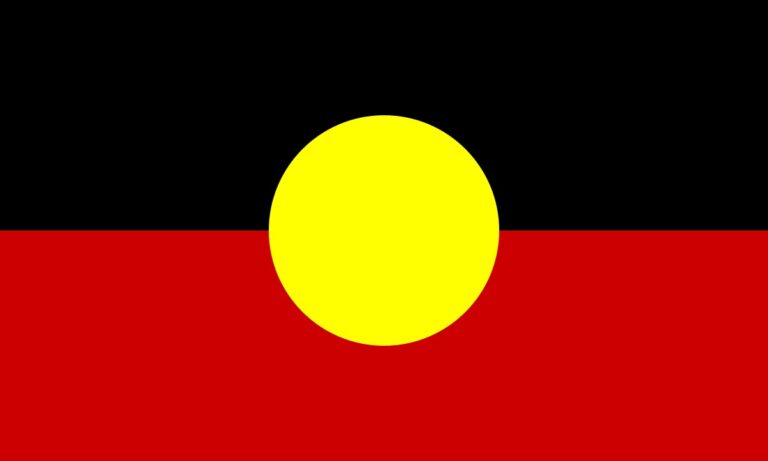Learn more about how alcohol affects your short and long-term health, get the facts about alcohol and pregnancy including breastfeeding, and find out more about alcohol, children and young people.
If you drink alcohol, the Australian Alcohol Guidelines recommend you have no more than ten standard drinks in a week – and no more than four standard drinks on any one day – to reduce the risk of disease or injury.
A standard drink is often less than you think. You can learn more about standard drinks here.
Following the guidelines keeps the risk of alcohol harm low – but it does not remove all risk. Healthy adults who follow the advice have less than a 1 in 100 chance of dying from an alcohol-related condition.
Want to know more about the Australian Alcohol Guidelines and the science behind them? Check out the National Health and Medical Research Council (NHMRC) website.
You can also download our information sheet Australian Alcohol Guidelines.
Drinking alcohol less often, and remaining within the Australian Alcohol Guidelines reduces your risk of serious disease.
Alcohol is a cancer-causing substance. Every drink increases your risk of developing cancer in the mouth, throat, breast, liver, and bowel.
SITES OF ALCOHOL-RELATED CANCER

Alcohol is classified as a Group 1 carcinogen. That’s the same classification held by tobacco smoke and asbestos. It’s responsible for around 3,500 new cancer cases in Australia each year.
Every alcoholic drink increases your risk of cancer. Reduce your drinking to reduce your risk.
You can learn more about the link between alcohol and cancer here, or download our information sheet Alcohol and Cancer.
Alcohol use also increases the risk of cardiovascular disease. In the longer term, alcohol can cause abnormalities to heart rhythm, high blood pressure and weakened heart muscle, which can lead to heart attack and stroke.
You can learn more about alcohol and cardiovascular disease here.
Read more about the high cost of alcohol to your health here.
Drinking less alcohol can reduce your risk of injury and other short-term harms.
Alcohol impairs balance and coordination, slows your reflexes, and can lead to accidents or injury.
Heavy single-occasion use can result in nausea and vomiting, memory loss, difficulty breathing, alcohol poisoning, possible loss of consciousness, coma, or death.
It can result in hangovers, poor mood, and increased anxiety. Alcohol also adds to calorie intake, making it more difficult to avoid weight gain.
Learn more about short-term problems here.
Drinking less alcohol can improve your mood and energy levels.
Drinking alcohol is linked to a range of mental health issues from depression and memory loss, to suicide.
It increases the production of cortisol, which affects our ability to deal effectively with stress. It also depresses the central nervous system, slowing down the messages between the brain and the body.
Alcohol is associated with, and can contribute to, mental health conditions such as depression and anxiety.
You can learn more about the impact of alcohol on your mental health here and here.
There are many healthy ways to ease stress and anxiety.
Drinking less alcohol can improve the quality of your sleep.
Alcohol, even in small quantities, disrupts your body’s capacity to enter deep restorative sleep. If you wake up in the night after drinking, it’s because alcohol increases production of epinephrine, a stress hormone that increases heart rate and stimulates the body.
Alcohol is also a diuretic, which means you need to get up in the night to visit the bathroom.
You can learn more about how alcohol affects sleep here.
Here are some ideas for getting a good night’s sleep.
The Australian Alcohol Guidelines make clear children and young people under 18 years of age should not drink alcohol to reduce the risk of injury and other harms to health.
The human brain continues to develop until people reach their mid-twenties. This places children and young people at increased risk of harm from drinking alcohol, both in the short and long term.
This is why it is important that parents do not provide alcohol to children and young people.
Drinking by young people is more likely to result in dangerous behaviour, accident, and injury. It has also been shown that early alcohol use is more likely to lead to problems with alcohol later in life.
However, it’s worth noting there is a downward trend in alcohol use among young people, with more than twice the number of 14–17-year-old Australians abstaining from alcohol in 2019 (73 per cent) compared to 2001 (32 percent).
You can learn more about alcohol, children, and young people here.
The Australian Alcohol Guidelines make it clear that when pregnant or planning a pregnancy you should not drink alcohol.
This is because alcohol passes from the mother’s blood to the developing baby and can damage their brain, body, and organs. Even a small amount of alcohol during pregnancy can harm a baby’s development and may have lifelong effects, including a preventable disability known as Fetal Alcohol Spectrum Disorder (FASD).
Alcohol during pregnancy also increases the risk of miscarriage, stillbirth, babies being small for gestational age, having low birth weight, and being born prematurely. It also affects fertility and can increase the time it takes to become pregnant.
To help keep both you and baby healthy, avoid drinking alcohol if you’re planning to become pregnant or are pregnant.
You can learn more about alcohol, pregnancy and FASD at our website Every Moment Matters, or by downloading our information sheet What you need to know about the risks of alcohol and pregnancy.
When breastfeeding, the Australian Alcohol Guidelines advise not drinking alcohol is safest. Alcohol passes into breastmilk and has the same concentration of alcohol as the mother’s blood within 30 to 60 minutes from the start of the first drink.
A baby’s brain continues to develop after it is born and is far more sensitive to damage from alcohol than an adult brain.
Alcohol can also lead to decreased supply and flow of milk and can cause your baby to be unsettled. It can also interfere with the establishment of breastfeeding in the early weeks of a baby’s life.
It takes on average around two hours from the commencement of drinking to clear one standard drink of alcohol from breastmilk, and up to eight hours to clear four standard drinks from breastmilk.
Each additional standard drink adds a further two hours to the period when breastmilk will contain alcohol.
Breastmilk will be free from alcohol only when the blood alcohol concentration has returned to zero. Expressing milk and discarding it (pumping and dumping) during the time that alcohol is in your bloodstream will not remove the alcohol from breastmilk.
You can learn more about alcohol and breastfeeding, including how to use the Australian Breastfeeding Association feeding app here.
Will you join the community taking action on alcohol?


FARE acknowledges the Traditional Owners and Custodians of the lands and waters on which we operate throughout Australia. We pay our respects to Elders past and present, and recognise the continuing connection to country of Aboriginal and Torres Strait Islander peoples.
©2024 FARE
Privacy Statement
T&C


FARE acknowledges the Traditional Owners and Custodians of the lands and waters on which we operate throughout Australia. We pay our respects to Elders past and present, and recognise the continuing connection to country of Aboriginal and Torres Strait Islander peoples.
©2024 FARE
Privacy Statement
T&C
Fill out the form below to receive regular updates & resources.